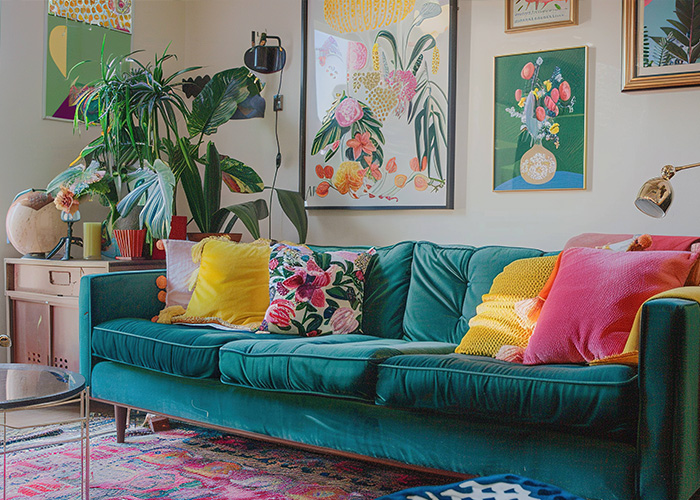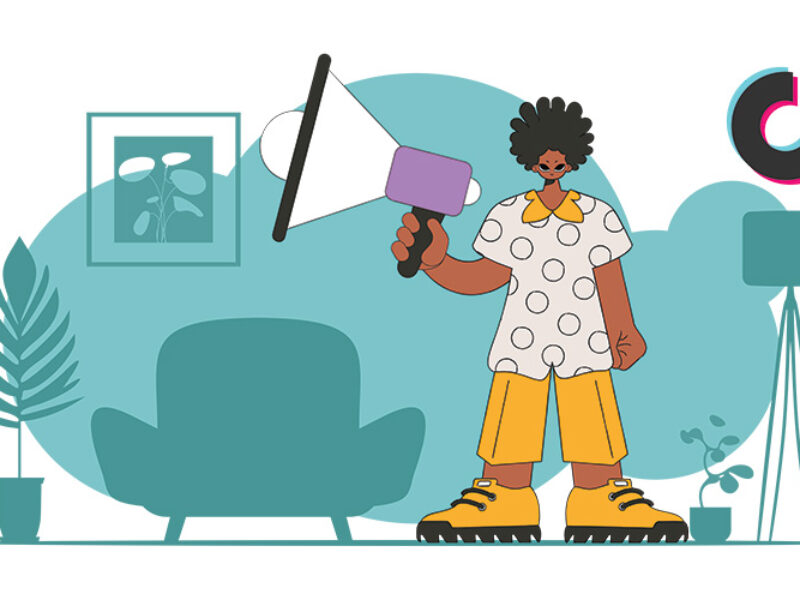Dopamine décor is our favourite new decorating trend.
What is dopamine?
Dopamine is a neurotransmitter, hard at work in our brains, and is involved in everything from movement, memory, pleasurable reward and motivation to behaviour and cognition, attention, sleep and arousal, mood, learning and even lactation.
This is some powerful stuff!
If you have enough dopamine in your system, you will feel happy, motivated, focussed and alert, whereas a dopamine deficiency can have you feeling tired, unmotivated and unhappy. You may even experience memory loss, mood swings, sleep and concentration problems.
Dopamine is that chemical that makes social media, quick-reward cell phone games and gambling so addictive. While chasing dopamine in these places can end up stealing your cash and your sanity, there is another, safer and more sustainable way of ensuring that you get regular Dopamine fixes.
It is called Dopamine décor, and we are embracing it!
According to Architectural digest, “Vibrant colours, bold patterns, eclectic prints, tactile textures, an unmissable vibe that is riddled with nostalgia. This is dopamine decor in a nutshell.” This decorating style leans into the maximalist, hyper personalized trend of decorating. It is all about what makes YOU happy. It embraces functional spaces kitted out for your own, personal lifestyle, with things like reading nooks, gaming setups, art studios, movie theatres and entertainment spaces reigning supreme.
It’s all about colour
One of the main elements of Dopamine decorating is the use of colour therapy. It’s a fact that different colours and intensities of colour can directly influence your mood, and in yet another move away from minimalist muted beige and greige pallets, Dopamine décor uses bright “happy” colours, bold prints and whimsical elements when it comes to décor choices.
There are a number of specialists out there who offer amazing colour therapy related décor advice and we suggest you read on, and find the hue for you.
In short, you can have a look at this colour wheel which gives a quick overview of what emotions each colour can elicit.




